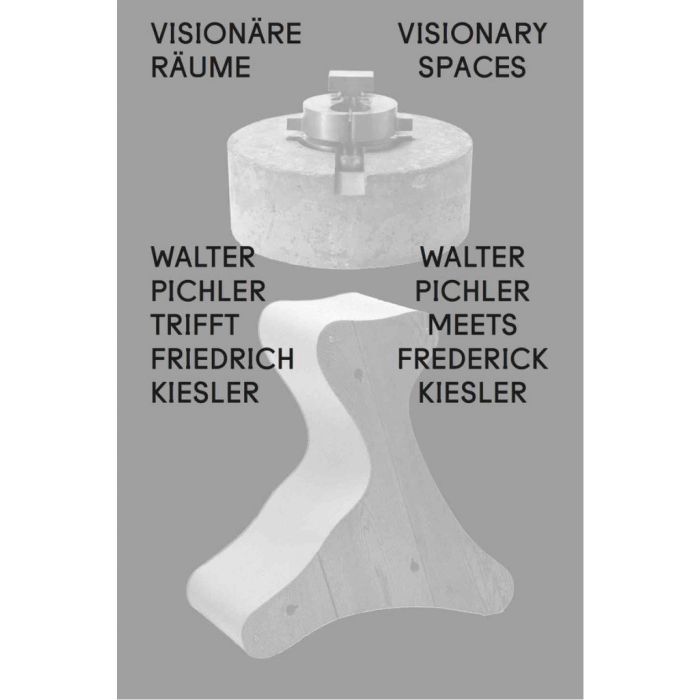My Cart
Your cart is empty
Looks like you haven't made your choice yet.
- Subtotal
Visionary Spaces

Walter Pichler trifft / meets Friedrich Kiesler
- Walther & Franz Koenig Verlag
- by Stella Rollig, Katia Baudin, Verena Gamper, Michael Krajewski, Juliette Desorgues, Almut Grunewald, Harald Krejci, Bart Lootsma
More Information
| Publisher | Walther & Franz Koenig Verlag |
|---|---|
| ISBN | 9783753306643 |
| Author(s) | Stella Rollig, Katia Baudin, Verena Gamper, Michael Krajewski, Juliette Desorgues, Almut Grunewald, Harald Krejci, Bart Lootsma |
| Publication date | May 2024 |
| Edition | Paperback |
| Dimensions | 325 x 210 mm |
| Illustrations | 219 col.ill. |
| Pages | 256 |
| Language(s) | Eng/ Germ. edition |
Description
Utopian, anthropocentric, and biomorphic living spaces: A hypothetical and illustrated dialogue between two avant-garde artists working at the intersection between architecture and sculpture.
With Frederick Kiesler and Walter Pichler, two avant-garde artists of different generations and disciplines conduct a hypothetical dialogue in the Belvedere's exhibition catalogue, whose starting point is a 1963 visit by the Austrian sculptor to the Austro-American architect's studio in New York. Pichler, whose sculptures were proclaimed as alternative living spaces and were highly influential in the early 1960s, meets Kiesler, who, following his groundbreaking exhibition displays and architectural visions of the 1920s, increasingly turned to sculpture. They both shared a fundamentally critical view of traditional spatial concepts and the courage to break established norms - particularly in their cross-disciplinary approach to artistic thinking and creation.

Visionary Spaces
